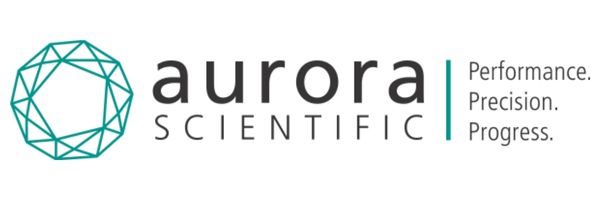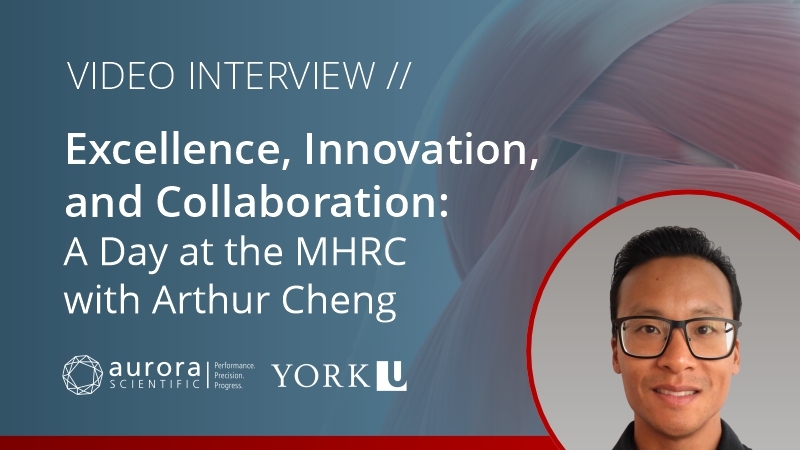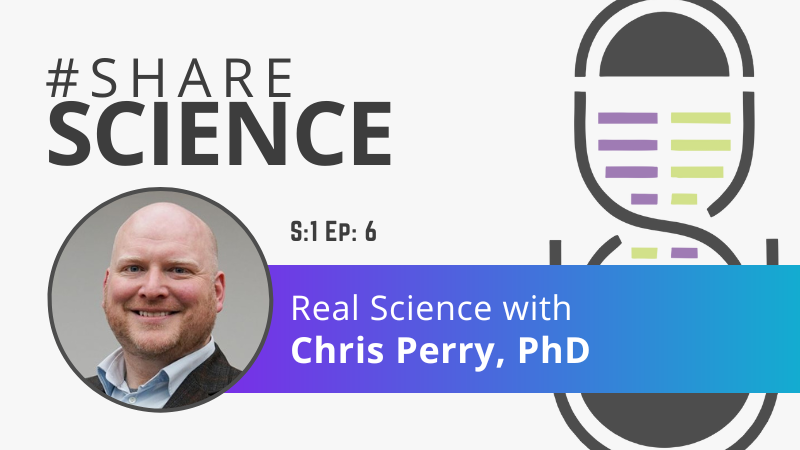Excellence, Innovation, and Collaboration: Student Research at the MHRC
For the past 30 years, Aurora Scientific’s instrumentation has been a cornerstone in many laboratories that are advancing muscle physiology research. This past April, we partnered with InsideScientific and the Muscle Health Research Centre (MHRC) at York University, a one-of-a-kind facility that fosters an interdisciplinary approach to the study of muscle physiology. We had the privilege of interviewing a number of faculty and students to highlight their research, as well as the opportunities provided to them by the MHRC.
Metabolic dysfunction with cancer-induced cachexia
We first speak with Luca Delfinis, a second year PhD student in Dr. Christopher Perry’s laboratory investigating how cancerous tumors affect skeletal health and metabolic function, specifically within the diaphragm and the tibialis anterior. To examine these effects, he measures muscle force production in-situ and in-vivo using 1300A 3-in-1 Whole Animal System for Mice in mouse models of cancer-induced cachexia, and also monitors metabolic function to observe how mitochondria handle nutrients and substrates in these conditions. Luca aims to understand the links between metabolic dysfunction and cancer cachexia in the hopes of developing a treatment for this illness.
“What sets the MHRC apart from other institutions is the breadth of faculty we have here. You have all kinds of opportunities to collaborate in the field of diabetes, obesity, cancer, and more.”
Muscle wasting conditions’ impact on the mitochondria
Next, we interview Catherine Bellissimo, a PhD candidate in Dr. Christopher Perry’s laboratory researching how muscle wasting conditions like DMD can impact the mitochondria. To do so, she uses pharmacological interventions to target pathways that improve energy production in the hopes of finding an effective treatment. Catherine comprehensively examines mitochondrial function, muscle force and fatigue, and whole body muscle function in a mouse model of DMD using a variety of instruments, including our 1300A 3-in-1 Whole Animal System for Mice. This instrument allows her to model and measure a variety of rodent muscle properties in-situ, in-vivo, and in-vitro.
“[The 1300A] allows me to assess two muscles in one animal in one go.”
Neuromuscular response to head injury
Christina Amaral is a PhD candidate under the supervision of Dr. Loriann Hynes in the Whiplash and Head Injury Prevention/Rehabilitation lab. This laboratory mainly focuses on the sternocleidomastoid muscle (SCM), which rotates and supports the head and is commonly associated with many head and neck injuries. Dr. Hynes’ laboratory is interested in how the SCM responds to head injuries and how this may affect the ability of the anterior vascular system to supply blood flow to the neck and brain. A muscle’s response to injury heavily depends on the manner and severity of the injury; factors like age, previous injury, and overall health can all impact muscle recovery and rehabilitation.
“The main focus [of Dr. Hynes lab] is on the integrative nature of the body’s systems in response to both injury and rehab.”
As part of Christina’s research, she is exploring a novel method of applying a cognitive motor integration task (i.e., responding to visual cues) during a running activity in an effort to rehabilitate individuals’ post-concussion. This methodology allows Christina to look at how the muscular and nervous systems integrate during concussion rehabilitation in the hopes that these individuals will return to their previous activity levels.
Interstitial glucose and fatigue
We next speak with Mohamed Elsayed Elghobashy, a third year undergraduate student in Dr. Arthur Cheng’s laboratory which primarily focuses on the pathophysiological mechanisms of fatigue in both healthy and unwell populations. Mohamed’s role in this laboratory is investigating the links between interstitial glucose concentrations and fatigue within the cortical and intramuscular level. He hopes to use this research to help athletes optimize their caloric intake during training to maximize peak performance, and to help those who suffer from chronic fatigue.
Immunity, inflammation, and exercise
Mayoorey Murugathasan is a PhD candidate in Dr. Ali Abdul-Sater’s laboratory whose primary goal is understanding how exercise can train the immune system to produce a desired inflammatory response. Previous studies have shown that long-term exercise programs can train bone marrow progenitor cells towards an anti-inflammatory response to help mitigate secondary inflammation. Mayoorey hopes to utilize this research to design exercise therapy programs that promote a beneficial inflammatory response. Additionally, she investigates the role of individual interferons in antiviral and antibacterial responses through in-vivo and in-vitro studies.
Mitochondrial contribution to cardiomyopathies
Shivam Gandhi is a third year PhD candidate in Dr. Christopher Perry’s laboratory investigating the mitochondrial contributions to cardiac fibrosis in cardiomyopathies like Duchenne muscular dystrophy (DMD), a rare genetic disorder. Absence of dystrophin in the heart can have a debilitating life-long impact on patients. Shivam examines these mitochondrial contributions in respiratory and cardiac muscles using a variety of instruments and techniques, including respirometry, fluorescence spectroscopy, and high-performance liquid chromatography.
Mitochondrial adaptations in response to exercise and disease
We next speak with two senior PhD students under the supervision of Dr. David Hood, Ashley Oliveira and Jonathan Memme. Ashley and Johnathan primarily investigate how mitochondria in the skeletal muscle are regulated and maintained, as well as how they adapt in response to various disease and exercise conditions.
Ashley mainly focuses on how mitochondria are recycled in the cell in a process known as mitophagy. She looks at the role of two transcription factors, TFEB and TFE3, in mediating exercise-induced adaptations, and investigates how their absence impacts the skeletal muscle mitochondria. The MHRC provides Ashley with a variety of instruments that allow her to dive deep into the mitochondrial bioenergetics and function of these transcription factors.
In contrast, Jonathan focuses on P53, a protein that acts as a tumor suppressor. However, Jonathan is more so interested in how P53 acts as a metabolic regulator and how it mediates mitochondrial respiration, function, and turnover. To elucidate these mechanisms, he investigates bioenergetics in-vivo, and employs techniques like western blotting and qPCR.
Effects of the ketogenic diet on adipose tissue
Daniel Da Eira is a third year PhD student under the supervision of Dr. Rolando Ceddia who is researching how exercise, cold exposure, and diet affect metabolism in skeletal muscle, liver, and fat cells. To date, few researchers have looked into the metabolic effects of a low carbohydrate/high fat diet (i.e., the ketogenic diet) in adipose tissue, and Daniel seeks to uncover the underlying mechanisms. Daniel is also the chair of the MHRC student committee, which organizes professional development events like career days and seminar series for graduate students.
Mitochondrial homeostasis
Our final interviewee is Mikhaela Slavin, a first year PhD student who is also supervised by Dr. David Hood. While the Hood laboratory primarily focuses on mitochondrial function in skeletal muscle, Mikhaela investigates the regulation of mitochondrial homeostasis and how mitochondria maintain protein quality. She also examines retrograde signaling from the mitochondria to the nucleus, and how that affects the overall regulation of mitochondrial function. Mikhaela uses the animal running facility at the MHRC to train animals and assess mitochondrial adaptations in response to exercise.
While not a comprehensive summary of all of the projects at the MHRC, these interviews provide a glimpse into the research that is shaping the future of muscle physiology. We hope that our partnerships with the MHRC and InsideScientific will continue to help highlight the importance and impact of student research, and how vital muscle health is to all Canadians.
Explore Interviews, Webinars, & More!
Interviewing Dr. Arthur Cheng at the MHRC, whose lab investigates mechanisms of skeletal muscle weakness and fatigue.
Interviewing Dr. Christopher Perry at the MHRC, whose lab studies metabolic dysregulation in murine models of muscle weakness disorders.
Dr. Chris Perry talks about his career studying regulation of skeletal muscle metabolism & how the 1300A Whole Animal System helps with his research goals.






